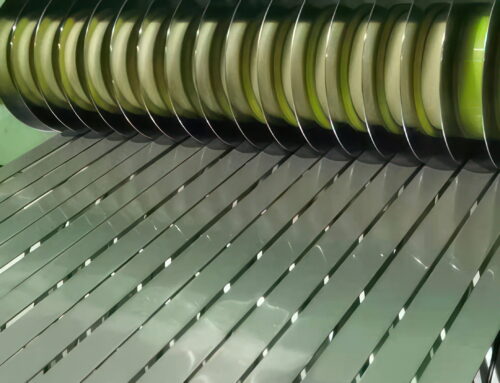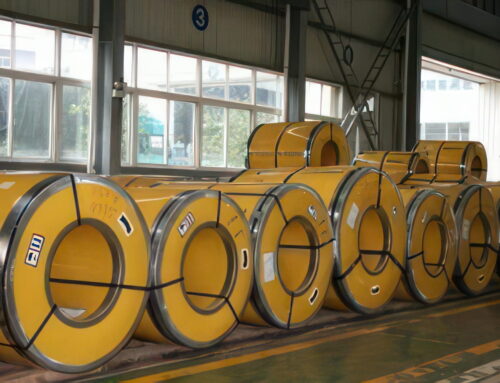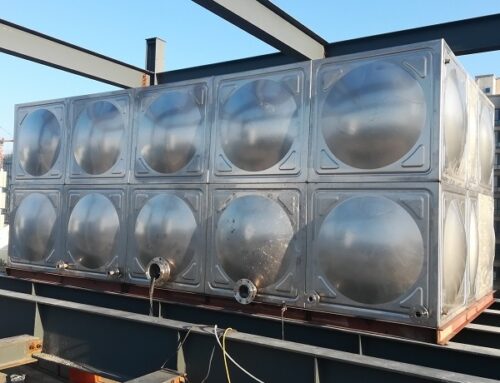Stainless steel is prone to contamination and scratches during processing, which can compromise its surface integrity. To counteract this, a protective film can be applied to stainless steel to safeguard against surface scratches, corrosion, and contamination, as well as fingerprints and other pollutants. Moreover, a protective film can protect stainless steel during transportation, installation, and use, preventing surface scratches or damages and ensuring its appearance and quality. Protective films are a simple, cost-effective, and efficient method to safeguard the surface of stainless steel.

Common materials used for stainless steel protective films include PVC, PET, PE, and PP films. Each material possesses unique characteristics and benefits. PVC films are widely used due to their excellent chemical resistance, impact resistance, and wear resistance. PET films are more environmentally friendly than PVC, and offer superior heat resistance, transparency, and durability. PE films have good durability and toughness, but are not resistant to chemicals and have an opaque appearance. PP films offer high durability, wear resistance, and tear resistance, but are less flexible.
When selecting a protective film, factors such as required strength, environmental impact, transparency, and durability should be taken into account.






Leave A Comment